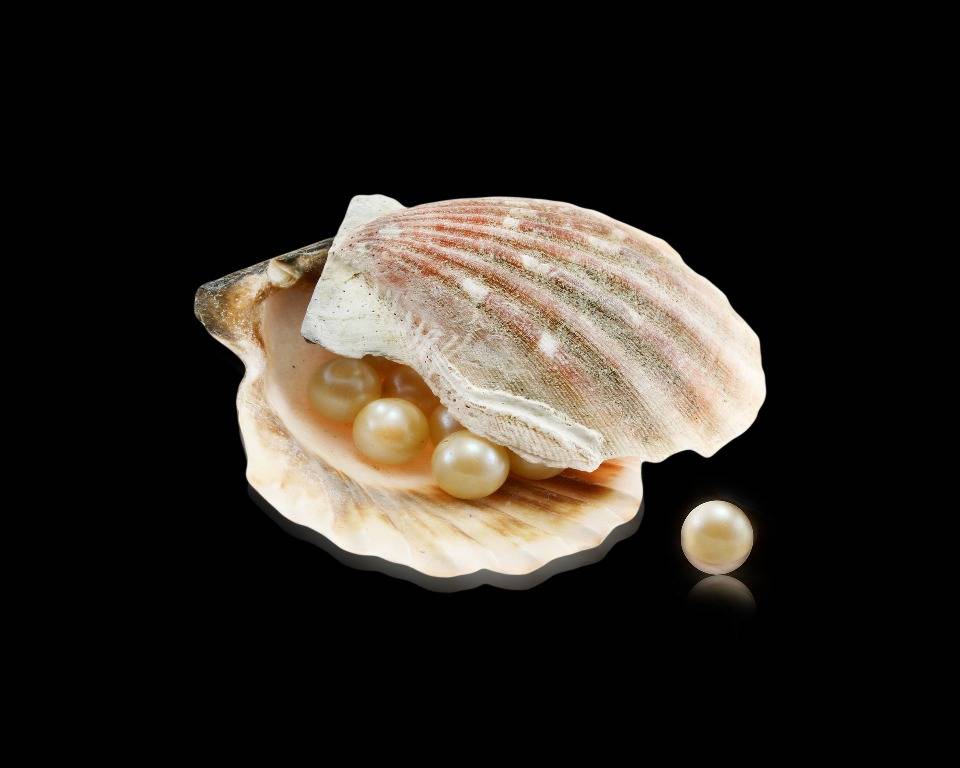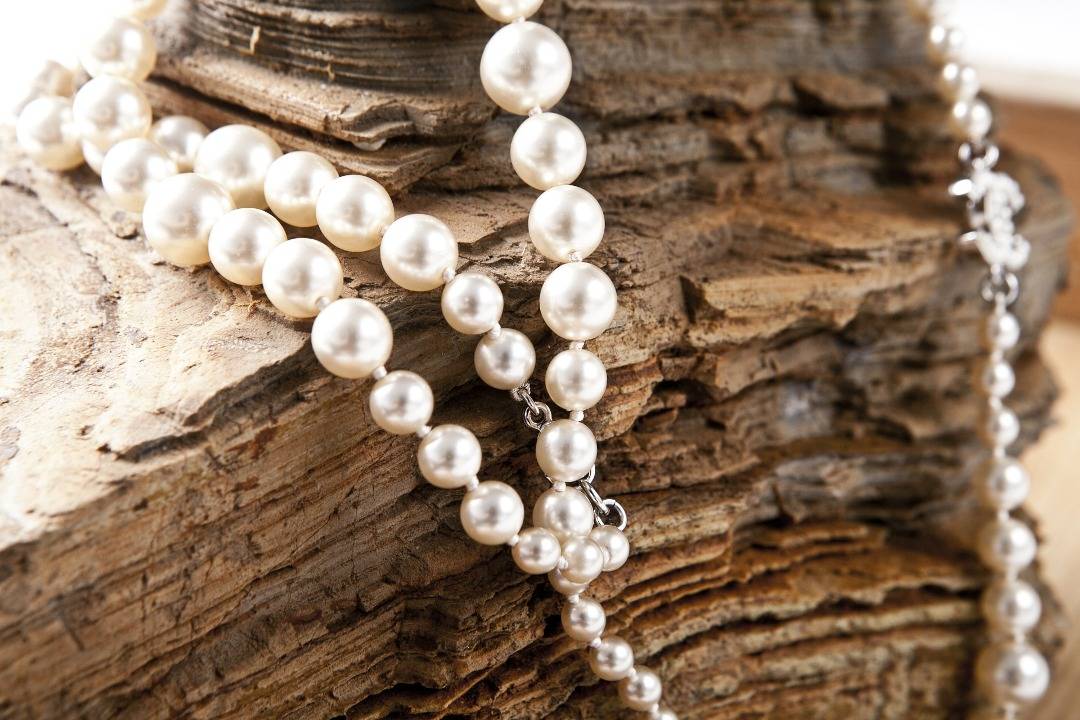
The market is flooded with fake pearls these days. Advanced technology makes these fake pearls appear amazingly real. Hence it is difficult, especially for a layman, to differentiate between real and fake pearls.
One of the biggest give away of a fake pearl is its alteration in appearance over time. However, you don’t want to waste money buying a fake pearl and then realize after two years that it is unreal.
Here are expert tips to check the realness of a pearl and to catch a fake one before buying. Yes, you can do this while sitting at the jewelry store.
1. The tooth test
Tooth test is the commonest test. Simply take the pearl and rub it against your tooth. A natural pearl or a cultured pearl would feel gritty, while a fake pearl would feel smooth.
2. Feel of the pearl
Touch the pearl. Feel it between your fingers. A real pearl will feel cool as soon as you touch it. Then, it would become warm when you wear it for some time.
On the contrary, a fake pearl will feel warm as soon as you touch it. It can feel sticky too.
Also when you pick a pearl, if it feels too light or too heavy, it is fake. Natural pearls carry a distinctive weight.

3. Look of the pearl
Real pearls are available in varying shapes and sizes. On the other hand, fake pearls appear the same in size and shape. In fact, they come in one-size-fits-all. Their shape is exactly the same.
In addition, real pearls reflect light beautifully. Fake pearls have no power to reflect.
Also read pearl oyster farming process.
4. Luster of pearl
Real pearls exude a unique luster with a rough, natural feel. This is due to the presence of tiny ridges on the surface, which is invisible to the naked eye. Jewelry experts can check these ridges through a magnifying lens. These ridges are absent in a fake pearl.
It is these ridges that give a gritty feel when you do the tooth test. However, when you are sitting in a jewerly shop, the salesperson may not like the idea of touching the pearl with your teeth or even bringing it closer to your mouth, especially in these pandemic times.
5. The rub test
When you rub two real pearls together, they produce a powder. This also happens when you slightly scrub the pearl with a knife.
In case you see no powder being produced, the pearls are fake.
6. The knock test
When you knock one pearl against the other and hear a unique and soft sound, the pearls are real. When the sound is too mild to be heard, the pearls are fake.
7. The bounce test
Drop a pearl from a height of about two feet on glass. See how it bounces back. If it bounces upto a feet high, it is real. If it does not bounce at all or bounces slightly, it is fake.
Many people choose to wear imitation or fake pearls because they think real pearls are exorbitantly priced. This is not always true. You can enjoy wearing a real pearl without breaking the bank.
What’s more? You can even try your hand in pearl farming.












